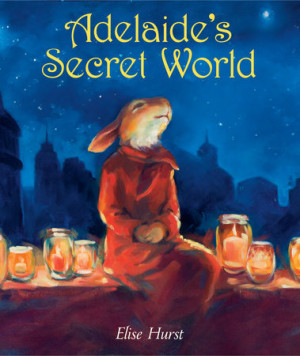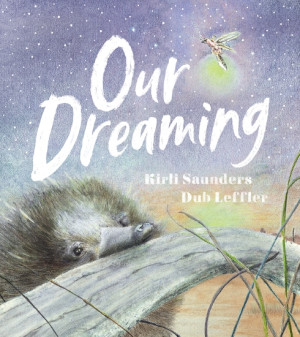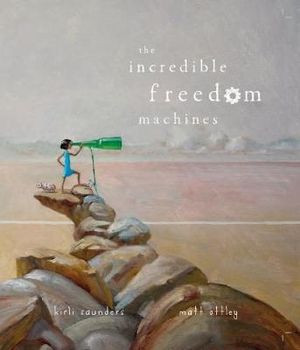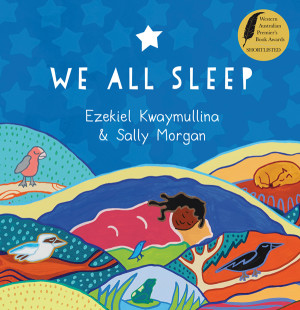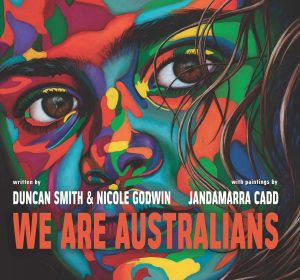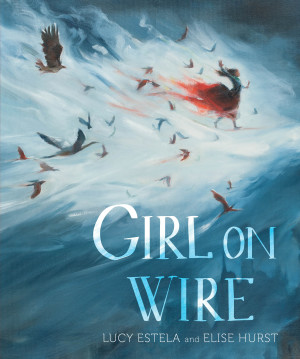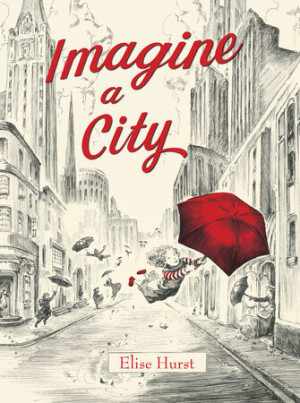

All about story setting
What’s in the Video?
You may be familiar with some of the building blocks you need to make a story. Now, let’s look at one block in more detail - your story setting is WHEN and WHERE your story takes place. Will it be on a spaceship in the future, or a school just like yours?
Video Chapters:
00:00 Introduction
00:23 Meet the creators
01:13 Creating vibrant story settings
04:35 Things to remember when creating a story world
06:49 Strategies to bring a story world to life
09:03 Final words of advice
09:47 Here’s what we’ve learned
 Learning Intentions
Learning Intentions
1. Learning about setting. How to build story worlds and convey visual information in our writing.
2. Experimenting with descriptive and sensory writing, and are thinking about different ways to create a story setting.
SUCCESS CRITERIA:
1. Completed a descriptive piece of writing with a unique story setting.
2. Used descriptive language.
 Discussion Questions
Discussion Questions
PRE-VIDEO:
Is there a fictional world from a book or movie that you would love to visit? What interests you about that fictional world?
WHERE did this story take place? Was it in the real world like ours, or a different world entirely
WHEN did it take place? Was it a similar time to ours, or a time in the past or future?
What details do you remember about that world? How would you describe it? How did the author or illustrator describe it?
POST VIDEO:
Elise talked about creating the story setting in her illustrated books. And she told us that her story setting is almost like another character. What do you think she means by this? How could a ‘setting’ be like a character in a book?
Elise also said that the story setting can help set the mood of a story, make a reader feel things, like ‘afraid or wary or relaxed’. Can you think of a story setting that made you feel a certain way? What did it make you feel, and why?
Kirli told us that a story setting is a place where we ‘ground out characters so they’re not floating in space.’ What do you think would happen in a story that didn’t have a clear setting? How do you think you would feel reading it?
Kirli also told us that she often writes about Country in her books, and how important the land is to First Nations peoples. And she gave an example of how she used Gundungurra language in her book ‘Bindi’ to shape the setting. Do you remember the example she gave?
Elise mentioned that she loves using buildings to create her story worlds, as buildings can ‘carry their own stories.’ What do you think she means by this? Do you remember the examples she gave from her work?
She also said that when people have to ask questions about the story setting, they become ‘co-creators in the story’. What do you think she means by this?
 Curriculum Links
Curriculum Links
Australian Curriculum V9.0 Links
Language:
● Text structure and organisation: AC9E5LA03, AC9E6LA03, AC9E5LA04,
Literature:
● Engaging with and responding to literature: AC9E5LE02, AC9E6LE02
● Creating literature: AC9E5LE05, AC9E6LE05
Literacy:
● Analysing, interpreting and evaluating: AC9E5LY03, AC9E6LY03, AC9E5LY05,
AC9E6Y05
● Creating texts: AC9E5LY06, AC9E6LY06
LITERACY
Writing:
● Creating texts: Crafting ideas Level 7-8
Reading and Viewing:
● Understanding texts: Comprehension Level 7-8
CREATIVE AND CRITICAL THINKING
Generating:
● Create possibilities: Level 4








